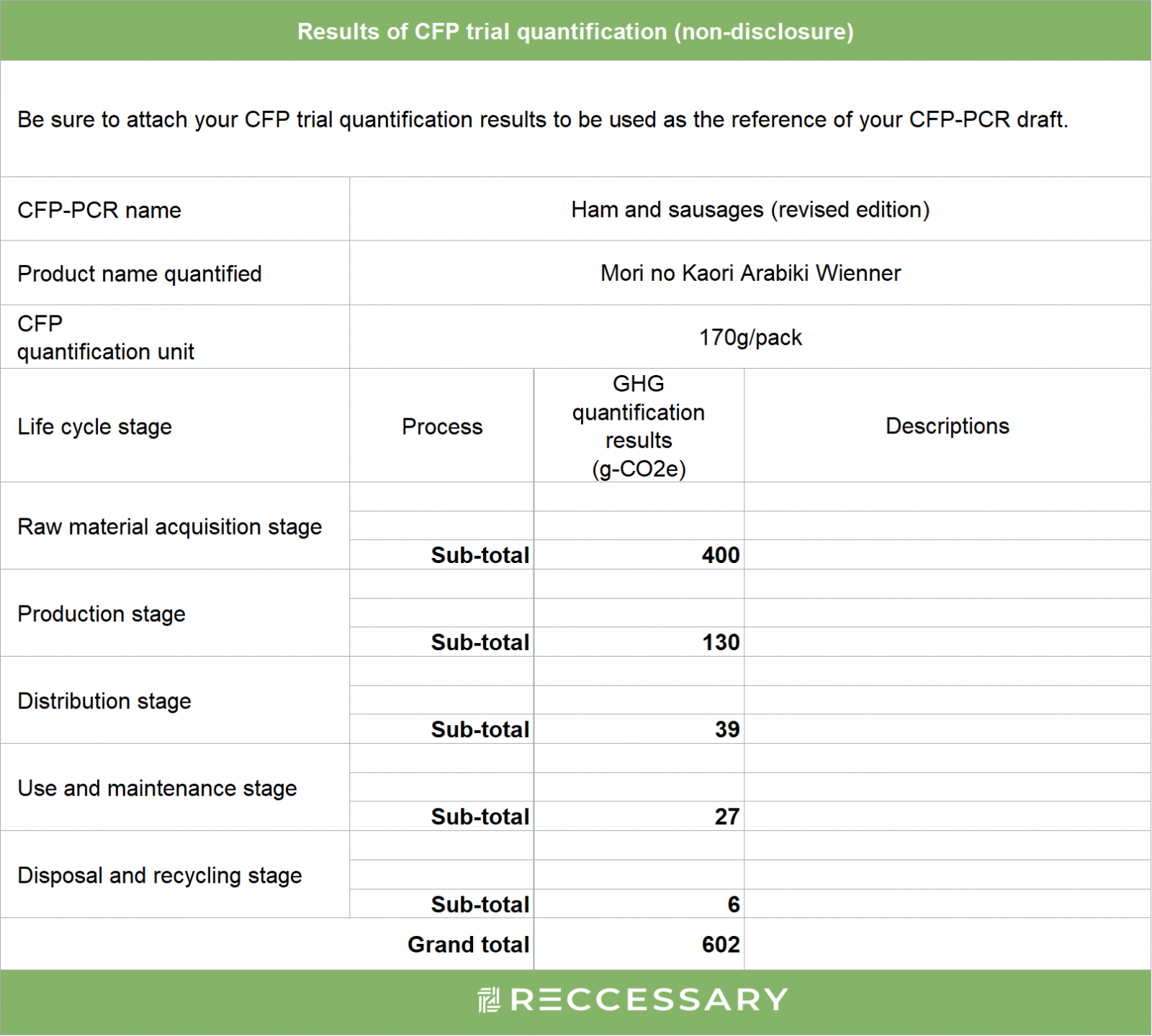Introduction
Japan launched the carbon labeling scheme in 2009 and announced the calculation method of carbon dioxide emissions, the products applicable to the carbon label, and the unified carbon label icon. At the time, companies such as Aeon Supermarket, Lawson, and Panasonic had joined the program to introduce carbon footprint labeling into their products or services.
Japan's carbon footprint label details the carbon footprint of each stage of the product life cycle, disclosing the carbon emissions of the product. The label will be affixed to the product packaging or displayed at the retail outlets, mainly involving food, beverages, electrical appliances, daily, etc. The Ministry of Economy, Trade and Industry (METI) of Japan is responsible for management, and the third-party agency is responsible for inspection and evaluation. All procedures comply with international standards such as ISO14040, ISO 14044 and ISO/TS 14067. Since March 31, 2020, the METI has no longer accepted new applications for the carbon footprint scheme, while the existing labeling system will end in March 2025 and be replaced by the “Ecoleaf Environmental Label Program” in the future.
Application procedure
※ PCR stands for Product Category Rule, which has its own carbon emission calculation specifications for different products.
The carbon footprint of products (CFP) label is mainly obtained through three application steps:
-
Select existing the Carbon Footprint of a Product-Product Category Rules (CFP-PCR) or develop new CFP-PCR (which can be established by the applicant company).
-
After the applicable PCR are selected, the CFP is calculated and submitted to a third-party agency for verification.
-
After the approval, the enterprise can apply for the certification of the CFP label and apply it to the products on the market. The enterprise can publish the CFP-PCR if the adopted PCR are newly established.
Certification procedure
The CFP program offers two verification methods, namely Individual Product Verification and System Verification, both of which must be verified by a third party and have the same effect.
-
Individual Product Verification: A method for third-party verification of each product (physical product or service). The process is as follows:
(1) Download the CFP Verification Application Form (including the CFP Verification Checklist).
(2) Calculate the GHG emissions of the product in accordance with the applicable CFP-PCR and CFP Calculation/Declaration Request and fill in the CFP Verification Application Form.
(3) Email the CFP Verification Request Form to the Secretariat of the CFP Program.
(4) The designated CFP verifier will perform the verification. If necessary, the verifier can request the applicant to correct the calculation result.
(5) After the review team receives the report from the CFP verifier, it confirms and informs the review result. There are three types of results, Amend and Resubmit, Qualified, and Unqualified.
(6) Qualified businesses may go through the process of registering and issuing a CFP statement. -
System Verification: Performing calculation, verifying CFP and building a system for registration and public application within the enterprise. Through third-party verification, businesses can apply for CFP registration and publication without going through a CFP verification process.
-
Third-party verification body: Japan Quality Assurance Organization (Environmental Inspection Department and Global Environment Department)
-
Application conditions:
(1) Must have passed CFP Individual Verification or Category III Environmental Label Verification.
(2) The scope of the system is clear, and the CFP-PCR target is certified.
(3) Top management and managers have been appointed and at least one compliant internal verifier and one internal system auditor have been ensured.
(4) Establish the required system and prepare required documents (CFP Management Manual and CFP Calculation Procedure Manual).
Illustration
.jpg)
Source: The CFP Communication Program in Japan
Actual Case
Different products have their own category rules (PCR), and the calculation scope will also be different. The following are the official templates and examples, which are distinguished by the five stages of products.
Official template download: https://www.cfp-japan.jp/english/rules/xls/ApplicationofCFP_verificaion.xls

.png)
Source: The CFP Communication Program in Japan